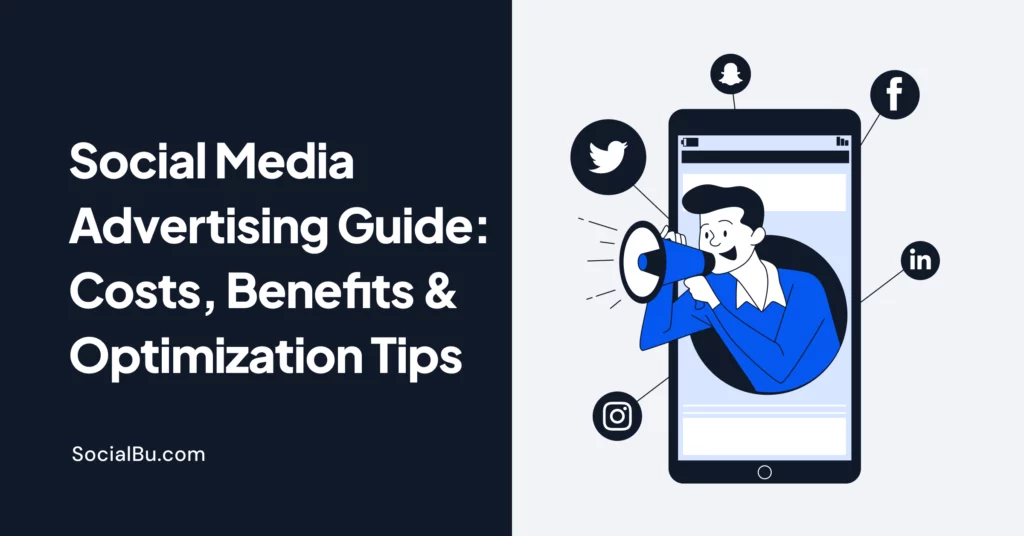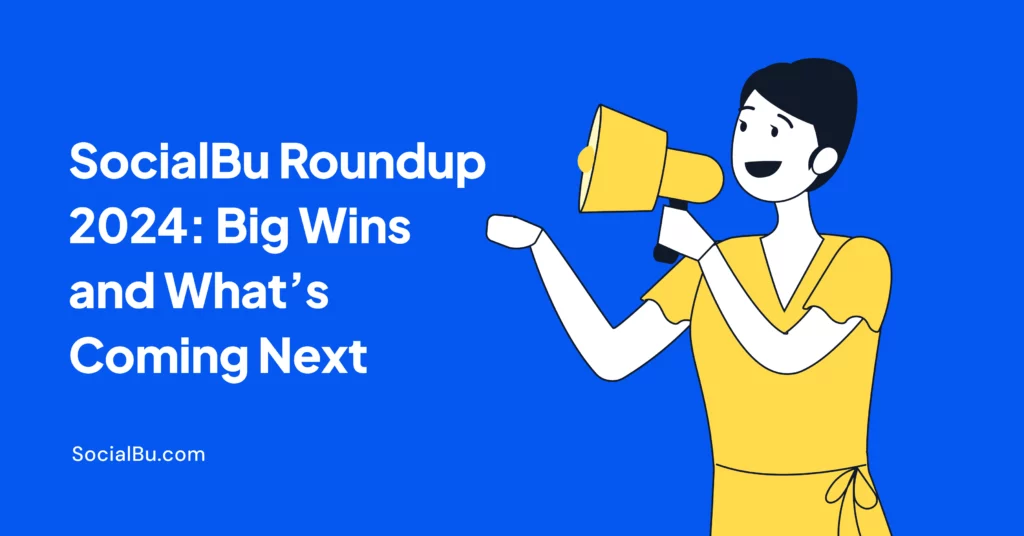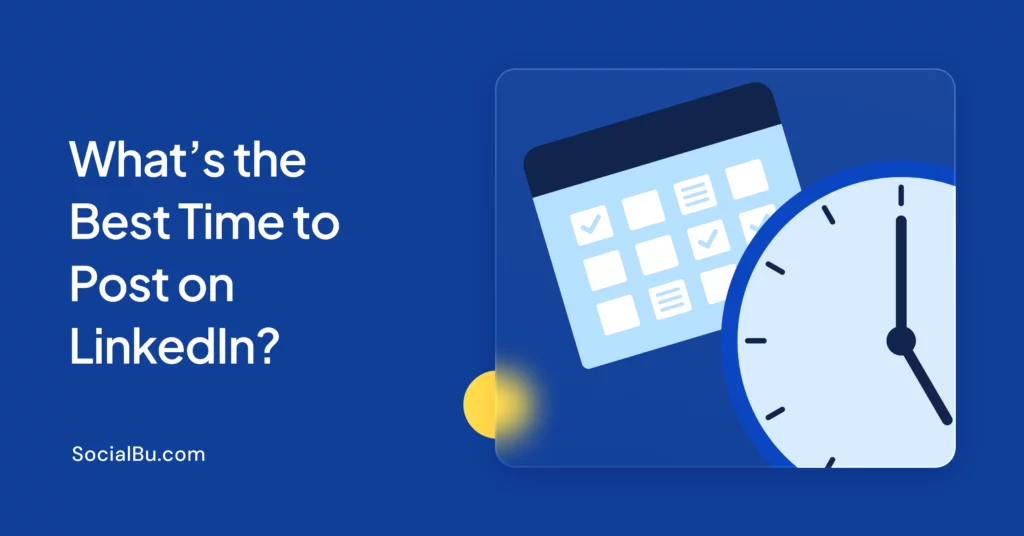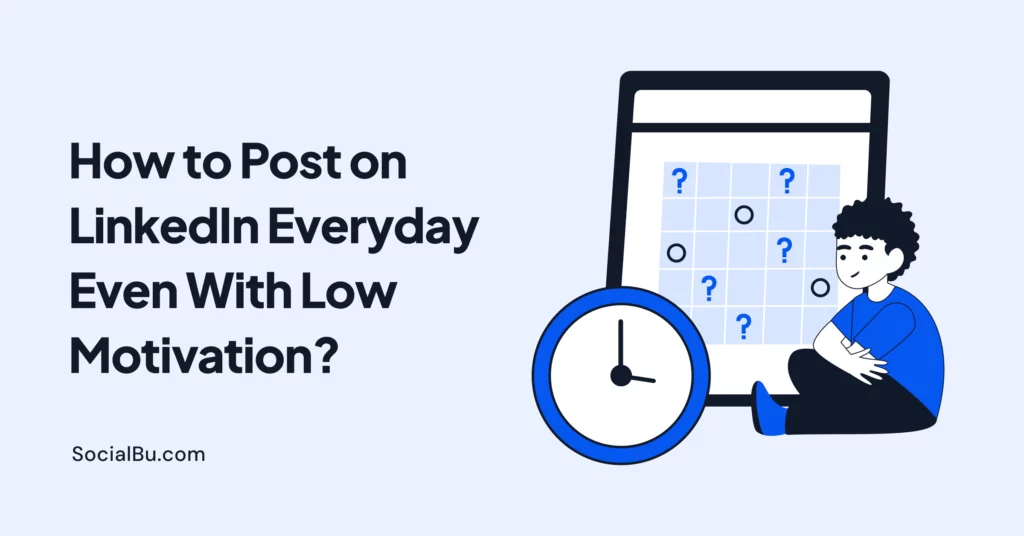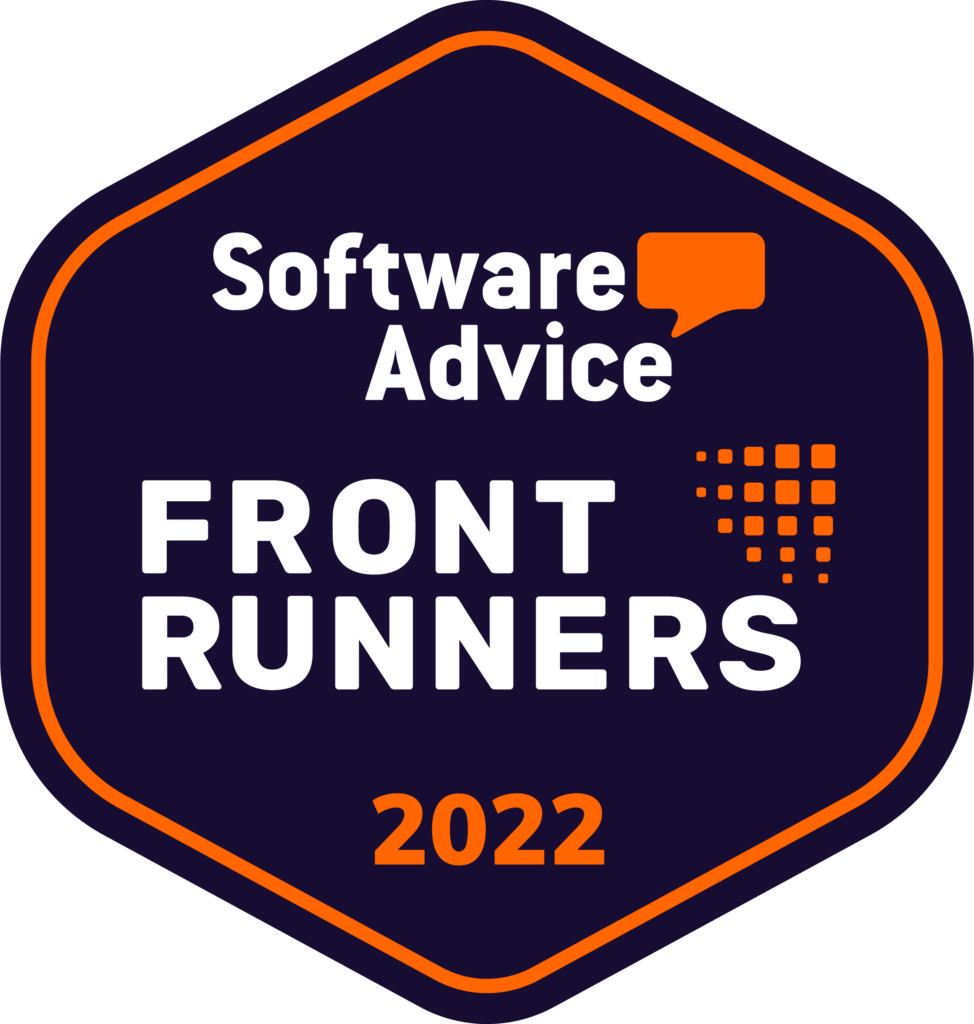Social media advertising is one of the most effective ways to reach customers in 2025. With billions of active users on platforms like Facebook, Instagram, TikTok, and more, businesses can boost brand awareness and drive sales by putting their ads where people already spend their time.
In this guide, we’ll break down social media advertising costs in 2025, explain the key benefits of social media ads, and share practical ad optimization techniques and social ad targeting strategies to help you get the best ROI of social media advertising.
Social Media Advertising Costs in 2025
Understanding the various costs of social media advertising allows you to set a realistic budget. Social ads cost 2025 will vary a lot by platform, ad format, and timing. Overall, you can expect to pay based on various pricing models (such as CPC or CPM), seasonal demand, and the precision of your targeting. Mentioned below are the main cost factors:
Pricing Models: CPC vs CPM
- Pay-Per-Click (CPC): You pay each time someone clicks your ad. This model is ideal if your goal is to drive traffic or leads. The exact CPC can vary by platform.
For example, Facebook’s average CPC is around $0.97, while Instagram is often much lower.
- Cost-Per-Mille (CPM): You pay for every 1,000 impressions. CPM is great for building awareness because it lets many people see your ad. For example, Facebook’s CPM hovers around $9.
Remember, with CPM, you’re paying even if people don’t click, so it’s best used when you care about visibility.
- Video and Conversion Pricing: Some platforms use cost-per-view (CPV) or cost-per-conversion models. With CPV (cost-per-view), you pay when someone watches a significant portion of your video.
For cost-per-conversion, you pay when a specific action occurs (like a purchase or sign-up).
- Daily vs. Lifetime Budgets: You can set a daily spending limit or a total budget for the campaign. This helps control costs.
For example, you might cap a campaign at $500 total (lifetime budget) or $20 per day. Both methods ensure you don’t overspend.
Budget Allocation and Seasonal Trends
On average, companies devote about 11–25% of their total advertising budget to social media ads. In practice, start small to test your ads: even $10–$20 per day can be enough to gather useful data.
As you see which ads perform well, shift more budget toward those and pull back on the rest.
Seasonal Spikes
Be prepared for price surges during peak demand periods. Major holidays and events (Black Friday, Cyber Monday, Christmas, etc.) tend to drive up CPC and CPM across platforms.
For example, many advertisers report significantly higher social ads cost 2025 in November and December, so plan your spending accordingly.
Competitive Industries
If you’re in a competitive market (like finance, SaaS, or fashion), your ads will likely cost more. More competition means higher bids. Narrow targeting can also increase costs, although it typically yields better results.
For example, zeroing in on a very specific demographic or interest group increases the cost per click (CPC) but often leads to better conversion rates.
Platform Trends and Costs
Each network sets its own minimum spend. You can often start ads with as little as $5–$10 per day (Facebook/Instagram allow very low budgets), while others (like TikTok) may suggest $50/day or more.
The key is to begin with a budget that’s small enough to experiment, then scale up what works.
Meta (Facebook and Instagram)
These platforms have very large audiences, so costs are relatively affordable, and there’s also flexibility. Average CPC on Facebook is around $0.97 (CPM ~$9), and Instagram’s CPC often ranges from $0.01–$0.25.
Please note that these are just averages. Your actual costs depend on your industry and ad quality.
Emerging Platforms
TikTok and Snapchat have seen rapid ad growth. Snapchat’s CPM climbed about 47% year-over-year in 2024. It is considered one of the biggest jumps of any platform.
TikTok’s CPM also rose steeply (up ~19% in 2023, though growth cooled to ~8% in 2024). In short, social ads cost 2025 on these channels are rising as more brands jump in.
Other Platforms
- YouTube ads barely went up in price, only about 2.4% more in 2024 than in 2023.
- LinkedIn ads are still expensive (you usually pay $2–$3 per click or $5–$8 per thousand views), but overall, LinkedIn ad rates actually dropped about 16% compared to last year.
If we compare late 2024 data with early 2023:
- Snapchat ad prices jumped roughly 28%.
- TikTok ad prices rose about 9%.
- Meta (that’s Facebook and Instagram together) saw a tiny increase of around 1%.
- YouTube and LinkedIn both saw slight decreases in their ad rates.
Benefits of Social Media Advertising
Social media ads offer huge advantages compared to many other channels. They give you precise targeting, cost-efficient pricing, and measurable results. All of this can boost your ROI of social media advertising. Here are the top benefits of social media ads:
Precise Targeting and Segmentation
Hyper-Targeting
Social platforms let you narrow your audience with amazing detail. You can target audience by demographics (age, gender, location), interests (pages they like, hobbies), behaviors (past purchases, website visits), and more.
For example, you could run one ad just for 18–to 24-year-olds in urban areas who like fitness. This level of audience segmentation ensures your ads only reach people most likely to care.
Custom and Lookalike Audiences
You can retarget people who’ve already engaged with your brand (e.g., website visitors or email subscribers) by creating a custom audience. Then, use lookalike targeting to find new users who are similar to your best customers. These social ad targeting strategies help expand reach while keeping relevance high.
Avoiding Wasted Spend
Ignoring audience segmentation is a common mistake. Broad ads waste budget on uninterested users. In fact, campaigns that segment by interests or past behaviors tend to see much better CTRs and conversions. In short, defining your audience carefully helps you spend every dollar smartly.
Cost-Effectiveness and ROI
Lower CPM and Pay-Per-Click
Social ads typically have lower costs than traditional channels. Social media CPMs are often much cheaper than TV or print. Plus, with CPC bidding, you only pay when someone actually clicks your ad (real engagement), and not just for showing it. This pay-for-performance model means you’re rarely paying for uninterested eyeballs.
Scalable Budgets
No matter if you have $5/day or $5,000/month, social ads can fit your budget. You can scale up or down easily based on results. Most platforms allow tiny daily budgets to test ideas, then let you increase spend once an ad proves effective.
Measurable ROI
Unlike many old-school ads, social campaigns give you real-time data on every metric that matters. You can track conversions, cost per acquisition (CPA), click-through rates (CTR), and even customer lifetime value (CLV).
This transparency enables you to calculate the ROI of social media advertising precisely and refine your campaigns to optimize them. Many businesses find that social ads deliver higher ROI than traditional media, thanks to this fine-tuning capability.
Engagement, Awareness, and Growth
Social networks have billions of people. Running ads here instantly puts your brand in front of a huge audience. This drives brand awareness and familiarity very quickly.
Real-Time Interaction
Unlike static billboards or print ads, social ads let customers talk back. A quick reply to a comment or campaign A/B testing a new creative in real time can significantly improve engagement.
For example, brands can adjust ads on the go if users aren’t responding, turning feedback into better results.
Community Building
Social ads can link seamlessly to your content (videos, stories, polls) and encourage sharing. This helps you not only sell but also build a loyal community. People who engage with your ads may start following your page or recommending you to friends, which amplifies your organic reach.
Ad Optimization Techniques for 2025
Running a social ad campaign is just the start, and optimizing your ads is where the real magic happens. In 2025, adjusting your ad strategy based on the data is important. Here are practical ad optimization techniques to squeeze maximum performance from your campaigns:
A/B Testing and Creative Optimization
Experiment with Variations
Continuously test different versions of your ads. Try new headlines, images/videos, call-to-action text, and even landing pages. Every element can be campaign A/B testing.
For example, Notion dramatically improved its results by testing various headlines, visuals, and landing pages.
Refresh Your Ad Creatives
Audiences get “ad fatigue” if they see the same image or video too often. Rotate fresh ad creatives regularly (e.g., new photos or short videos) to keep things engaging.
Use platform-native formats: vertical videos for TikTok/Reels, carousel images for Instagram, professional graphics for LinkedIn, etc. Personalizing the ads to each platform’s style often boosts engagement.
Dynamic Creative Tools
Consider using AI-driven tools and features (like Facebook’s Dynamic Creative) that automatically assemble combinations of text and images and optimize them for you. These can speed up A/B testing by letting the system find the best mix of creative elements.
Budget Allocation and Bidding Strategy
Shift Budget to Winners
Allocate more budget to campaigns and platforms that are delivering actual results. If one ad set has a high conversion rate at a low cost, move more of your budget there.
On the other hand, pause or cut back on underperforming ads. This reallocation should be ongoing to ensure money flows to the ads with the best ROI.
Daily vs. Lifetime Budgets
Use a daily cap if you want consistent spending each day. Use a lifetime budget for a campaign that can spend flexibly over its duration. Either way, monitor how much you are spending so you don’t hit unexpected limits.
Bid Strategically
Select a bidding goal that aligns with your objective, such as
- For site traffic bid for clicks (CPC)
- If you want maximum reach, bid for impressions (CPM)
- On some platforms, you can set a target CPA or return-on-ad-spend (ROAS)
Testing different bid strategies and watching the results is an optimization in itself.
Analytics and Continuous Improvement
Track Key Metrics
Keep an eye on metrics like CTR, conversion rate, and CPA day-to-day. If something drops (e.g., CTR suddenly falls), immediately check for the cause. Maybe the creative is stale or the audience is saturated. Regularly reviewing analytics keeps you on top of trends and problems.
Refine Targeting
If data shows one audience segment is performing much better, refine targeting to focus on similar users. If certain hours of the day or days of the week produce better results, use dayparting (scheduling ads only during peak times) to boost efficiency.
Learn and Adjust
Use insights from each campaign to improve the next one. Did one ad creative clearly outperform the others? Learn why and apply that style again. If an ad variation flopped, retire it and try something new. Over time, these tweaks add up to significantly higher performance.
Social Ad Targeting Strategies
Beyond general optimization, targeting the right audience is a huge factor in ad success. Here are social ad targeting strategies to make sure your campaigns hit the mark:
Audience Segmentation
Demographics and Interests
Break your market into distinct groups. For example, a clothing retailer might run separate ads for men vs. women, or for different age ranges. Segmenting by age, gender, location, interests, or even behaviors (like frequent online shoppers) helps your message resonate.
Behavioral Targeting
Use data on what users have done. If someone visited your pricing page or added items to a cart but didn’t buy, create a segment just for them. People who have already shown interest in your brand are prime targets. Retargeting these audiences usually yields higher conversion rates at a lower cost.
Custom vs. Lookalike
Facebook and other platforms let you create custom audiences from your existing data (email lists, website pixel data). Then, build lookalike audiences to reach new people who are similar to your best customers.
Retargeting and Funnels
Retarget Interested Users
Don’t forget the “hot leads.” Show follow-up ads to users who interacted with your ads or site (visited a product page, watched a video). This reminds them about you and often interests them to convert. Retargeting is one of the highest-ROI strategies because those users are already warm.
Align with the Funnel
Customize your message to where people are in the buying journey.
- For awareness-stage users (new audience), use broad targeting with top-of-funnel ads.
- For lower-funnel users (past website visitors), use narrower targeting and focused creative (like “Finish your purchase” deals).
Matching the targeting strategy to the funnel stage maximizes efficiency.
Platform and Timing Strategies
Right Platform for the Audience
Match the network to your audience.
- B2B products often do well on LinkedIn, while visually driven consumer brands might excel on Instagram or Pinterest.
- Younger audiences gravitate to TikTok and Snapchat.
Choosing the proper platform is a form of targeting in itself.
Schedule for Activity
Consider when your audience is online. Some businesses find that certain hours or days give much better results. Many ad tools allow dayparting, so you only run ads during peak hours for your audience. This can raise conversions while lowering waste.
Conclusion
By understanding how much social media advertising costs in 2025 and taking the benefits of social media ads, you can make your campaigns truly pay off. With clear budget allocation, precise audience segmentation, and continuous ad optimization techniques (like campaign A/B testing and creative refresh), the ROI of social media advertising can be very high. Remember: costs vary by platform and timing, but the ability to target, engage, and measure is unmatched.
Stick to best practices like test ads, refresh content, and focus on the audiences most likely to convert, and you’ll see better performance year after year. Are you ready to put these tips into action? Tools like SocialBu can help you schedule, target, and analyze campaigns easily, allowing you to optimize without the extra work.
Frequently Asked Questions
How much do social media ads cost in 2025?
In mid-2025, average CPM on Meta (Facebook & Instagram) is about $8.17 with an average CPC of $0.68, while Instagram specifically sees $0.20–$2.00 per click and roughly $6.70 CPM.
Which platforms give the best ROI?
Social media ads deliver an average return of $5.20 for every $1 spent, with Facebook and Instagram leading in consumer ROI and LinkedIn and YouTube often driving the highest returns for B2B and long-form content, respectively.
What’s an optimal budget breakdown for social media ads?
Most businesses allocate 11–25% of their annual advertising budget to social media (averaging $850–$2,000 per month on ad spend plus 10–20% of that for management fees).
How do you optimize social ads for conversions?
Set up precise conversion tracking (pixel or server-side) and audit it regularly, then run A/B tests on ad creative, audiences, and bidding strategies to pinpoint and scale top-performing combinations.
